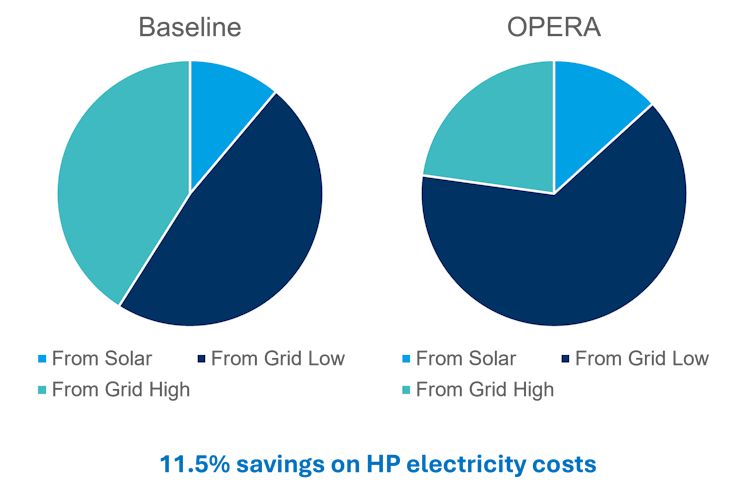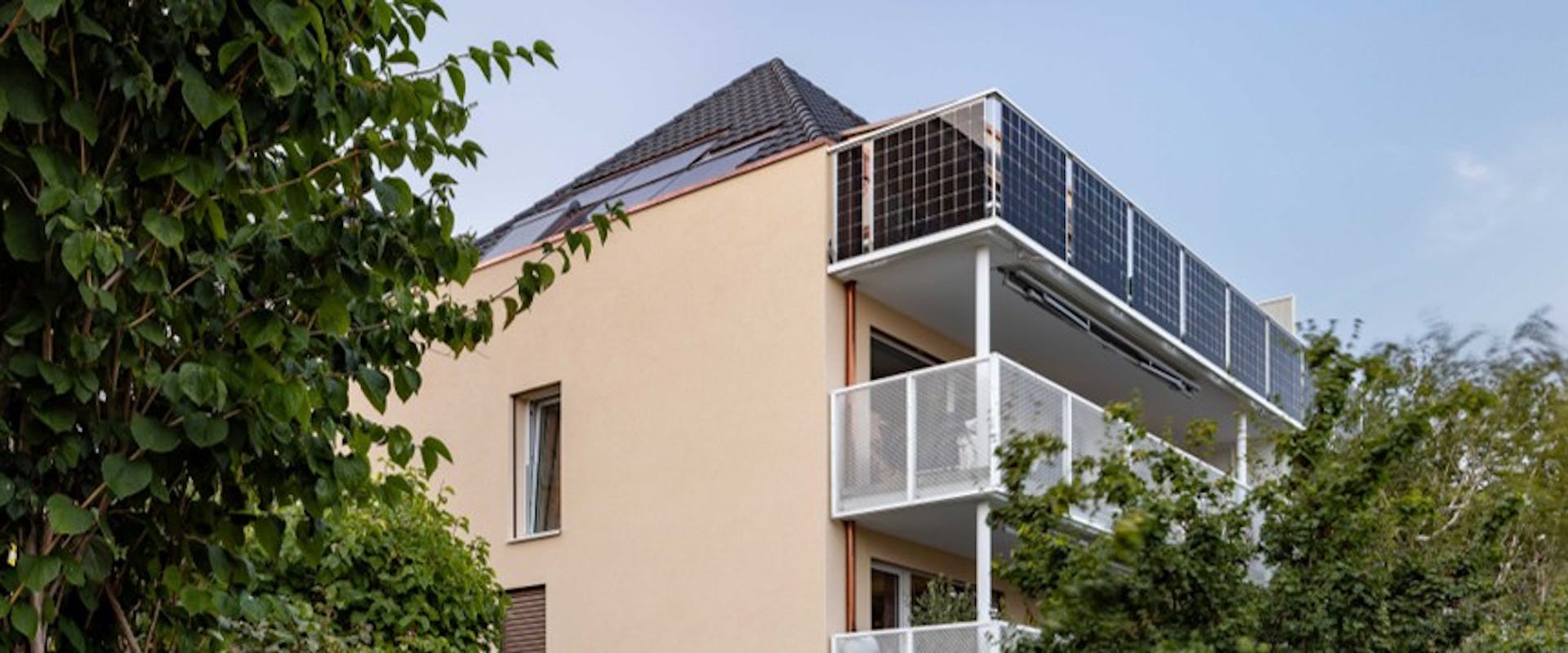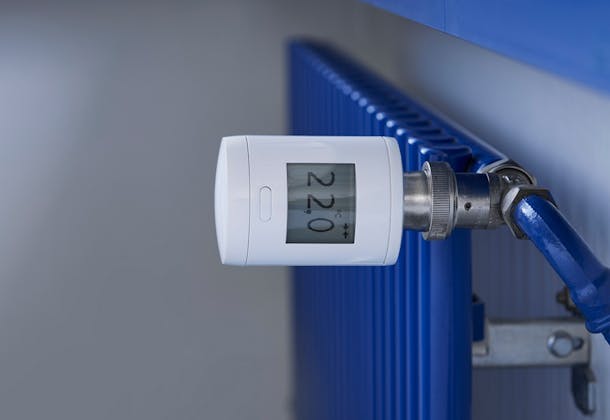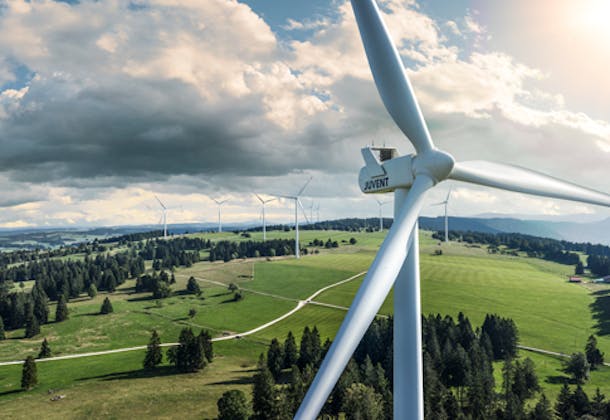
How OPERA cuts costs. Compared to baseline, OPERA shifts consumption away from high-tariff periods and slightly boosts solar use—delivering 11.5% savings.
The result: 11.5% lower electricity costs for HPs—comfort preserved
With OPERA control, the unit cost of electricity for the HPs fell by 11.5%, driven primarily by tariff-aware shifting—using thermal storage in the building to run more during low-tariff windows. Importantly, total HP electricity consumption did not increase, and no comfort complaints were recorded during the measurement campaign.
A notable insight: while OPERA raised PV self-consumption from ~70% to ~78% in winter (October–February), that change alone only reduced costs by ≈1–2% because PV could cover just ~13% of the building’s consumption in that period. The bulk of the savings came from time-of-use optimization, not self-consumption increases—a crucial takeaway for multi-apartment retrofits.
Key takeaway: In large residential buildings, the winning lever is integrated, predictive energy management that respects HP efficiency and actively shifts loads to cheaper tariff periods.



